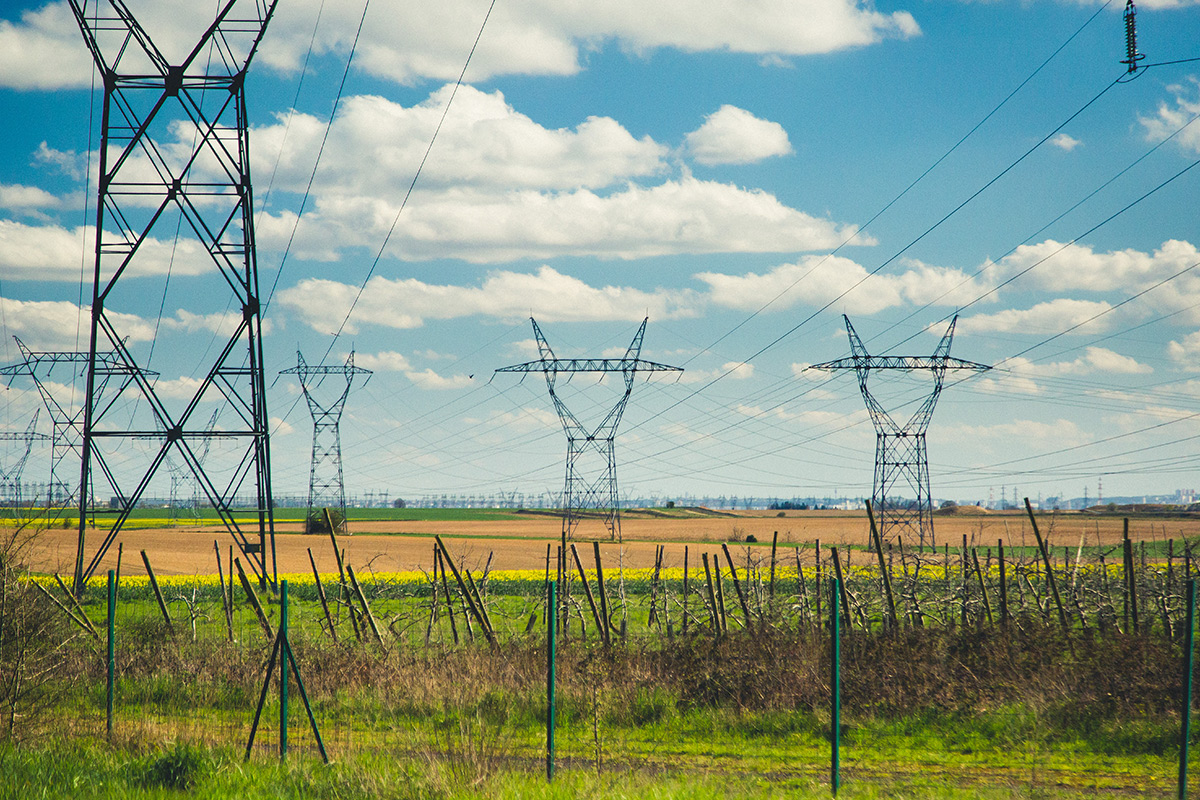News
Grid Optimisation: a ‘no regret option’ to allow more renewable energy

4 November 2020
The expansion of wind energy continues despite COVID-19. And that requires the continued expansion of electricity grids. It also requires us to optimise and reinforce existing grids. In a new paper, WindEurope shows how available and proven technologies can optimise Europe’s existing grid infrastructure, and how this can help accommodate higher shares of renewables in our energy mix.
Europe wants to be climate-neutral by 2050. This requires the large-scale electrification of its energy system coupled with the expansion of renewable energy capacity. Electricity demand is expected to increase two to three-fold by 2050. The European Commission expects the rate of electrification to grow to at least 50% by 2050 from today’s 24%, as transport, industry and heating switch from fossil fuels to renewables.
Electricity grids play a key role in this. In a decentralised renewable energy system, grids connect onshore and offshore wind farms, producing carbon-free electricity with electricity consumers and industrial off-takers. The estimated expenditure for new transmission grid infrastructure adds up to €152bn in the decade 2021-2030 in the EU28 region.
But while grid expansion is happening, it’s not happening quickly enough. Complex planning and permitting procedures are creating bottlenecks – cashing grid congestion and the curtailment of renewables. Governments and regulators need to speed up their planning and permitting processes for new grid infrastructure.
At the same time, the optimisation of existing grid infrastructure is a no regret option. A new WindEurope position paper shows how and why – ‘Making the most of Europe’s grids – Grid optimisation technologies to build a greener Europe’. It sets out the technologies that can immediately be used to make the most of Europe’s existing and underdeveloped transmission grids. For each grid optimisation technology, the paper outlines the system benefits and the current barriers to deployment.
“Grid optimisation technologies allow us to make more of the grids we already have. They reduce how much we need to spend on new grid infrastructure. They give us more efficient grids which can accommodate more renewables and reduce the amount of wind and solar that we need to curtail. This saves consumers money and makes it easier to increase the share of renewables in the energy mix – and to accelerate the phase-out of fossil fuels. Grid optimisation technologies are proven and available. They’re a no-brainer. We must use every opportunity to push them – including the imminent revision of the EU’s TEN-E Regulation”, says Giles Dickson, WindEurope CEO.
The WindEurope paper proposes deeper cooperation and information exchange among electricity generators, technology suppliers, transmission system operators (TSOs), distribution system operators (DSOs) and other stakeholders to increase the overall efficiency and resilience of existing transmission grids. Main policy recommendations include a TOTEX approach to new investments, the integration of grid optimisation in system planning and the application of smartness indicators.
For more information on grid optimisation technologies, see WindEurope’s position paper.

